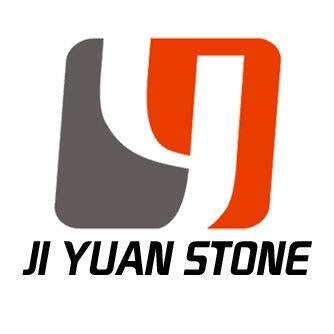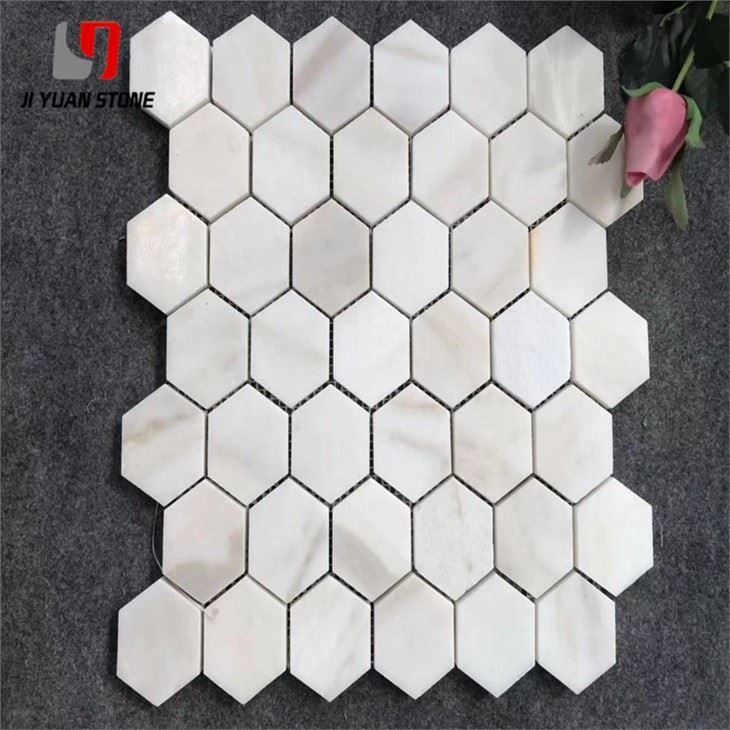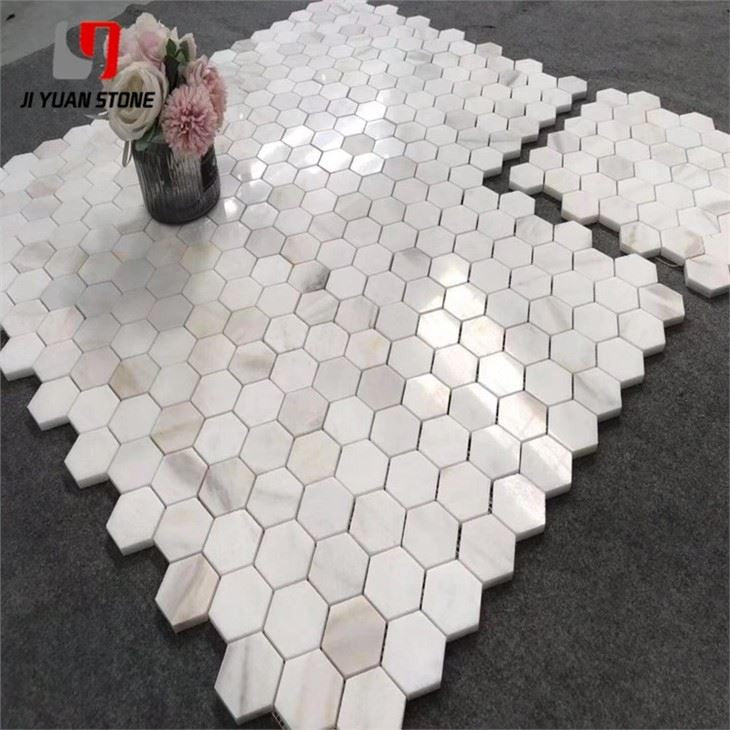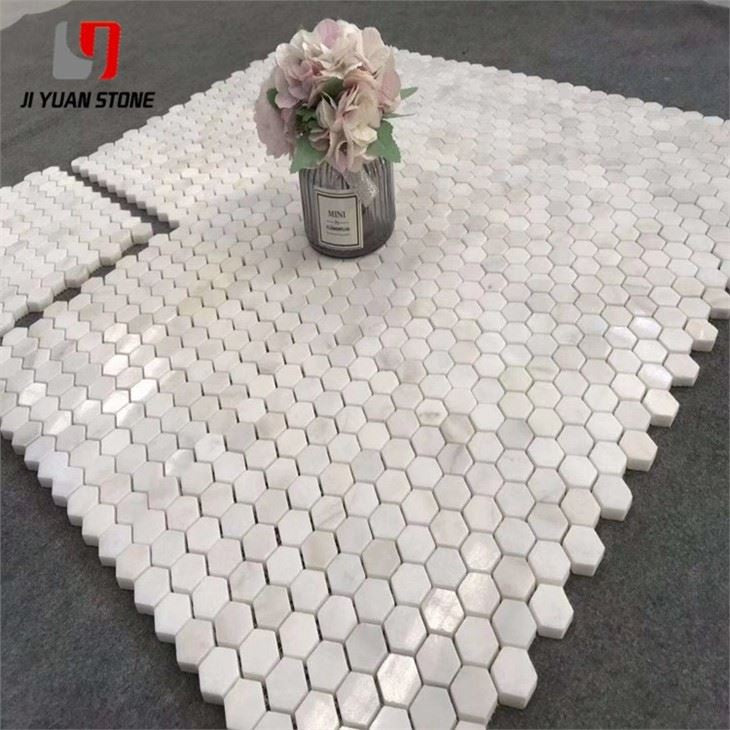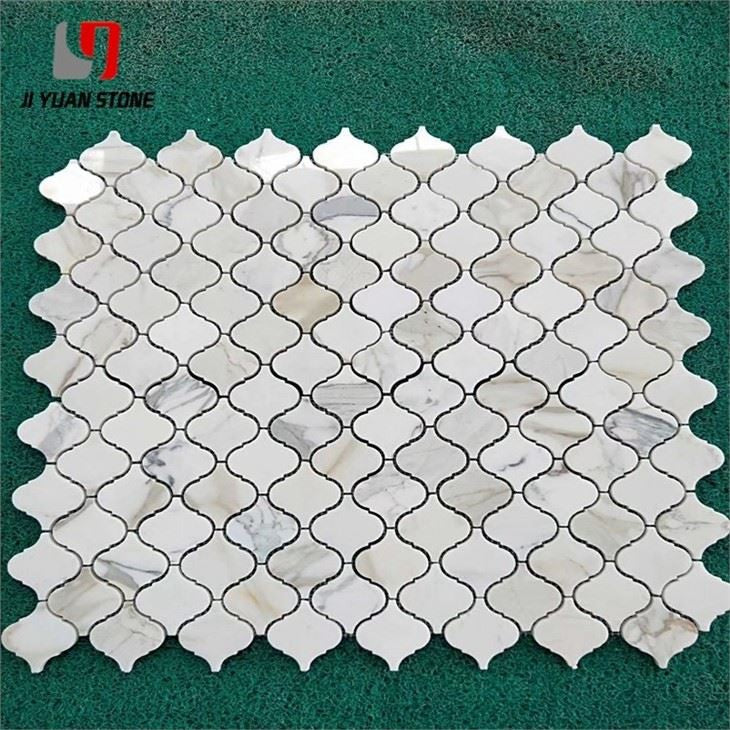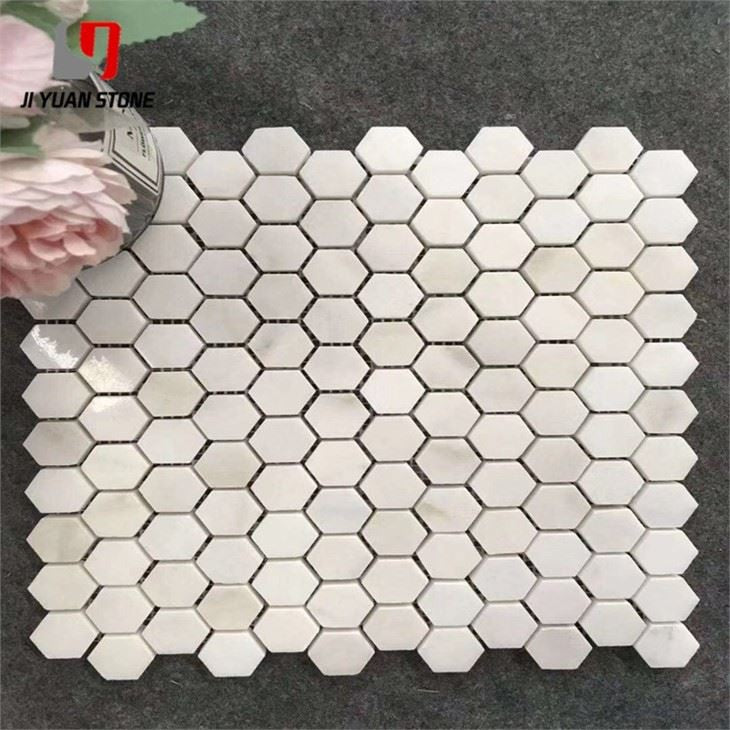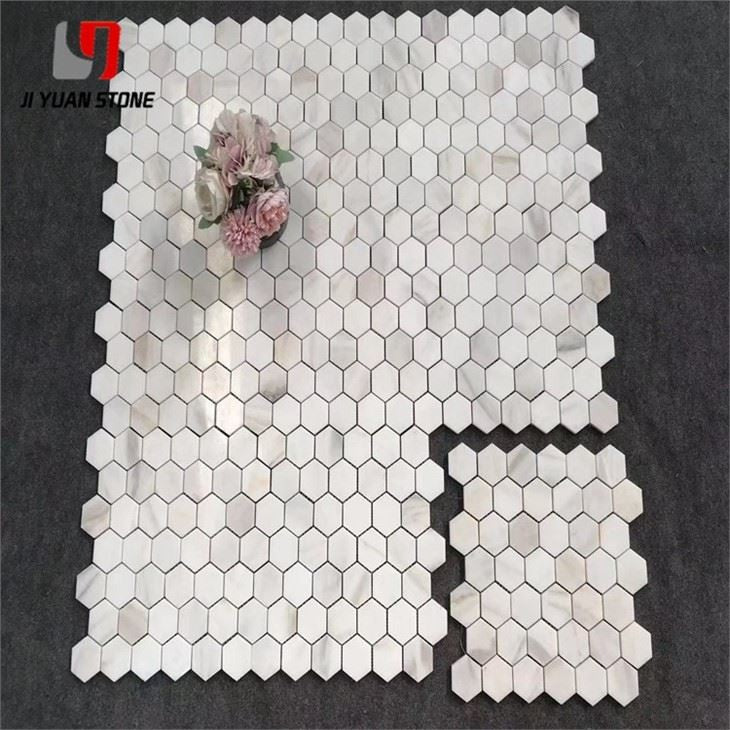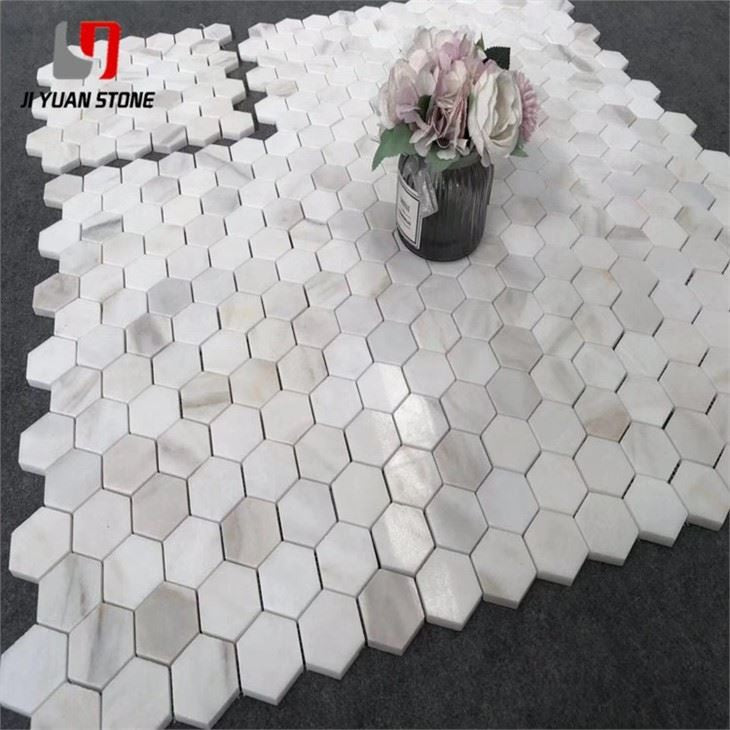Vantage Calacatta Mosaic is a premium natural stone choice for both interior and exterior applications, offering unmatched elegance and timeless appeal. Its fine texture and distinctive veining make it ideal for enhancing floors, walls, staircases, and decorative panels.
Common Structures, Methods, and Materials for Stone InstallationNatural stone requires careful handling and proper installation to ensure longevity and aesthetic perfection. Below are the most common methods for installing Vantage Calacatta Mosaic in residential and commercial spaces.
1. Ground Cement PavingApplication Areas:
- Indoor: Floors, staircases
- Outdoor: Courtyards, parquet flooring
Materials Used:
- Cement
- Sand (1:3 wet and dry mortar)
Key Structural Points:
- Use a 1:3 wet and dry mortar mix as the base layer beneath the mosaic.
- Bond the mosaic to the original concrete layer for stability.
- Ensure the distance from the original cement ground to the finished surface is at least 50mm.
Ideal Use: Stone paving for floors and staircases, providing a durable and elegant finish.
2. Wall Glue PavingApplication Areas:
- Bathroom walls
- Kitchen walls
Note: Dry-hanging and point-hanging methods are not recommended for moisture-prone areas.
Materials Used:
- Expansion bolts / Hardwood wedges
- 1:3 cement mortar
- Special stone adhesive (mortar)
- Stone wet-stick anti-dropping pendant
Construction Notes:
- Adhesive Application: Apply a 3mm layer of special adhesive on the stone back.
- Light-Colored Stones: For beige or white stones, use white cement mixed mortar to prevent discoloration.
- Door & Window Considerations: Ensure frames are vertical and secure; leave adequate installation space.
- Waterproofing: Waterproof and leak-proof the installation area to enhance longevity.
By following these professional installation techniques, Vantage Calacatta Mosaic maintains its natural beauty, structural integrity, and luxurious appeal for years to come.
This version integrates SEO-friendly headings, keywords, and practical details for better search visibility while maintaining readability for customers.
